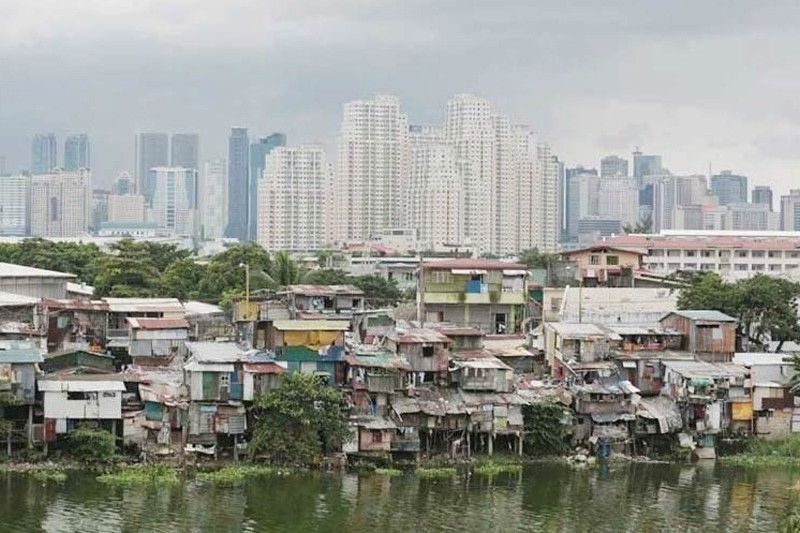Poverty alleviation more challenging as pandemic drags on – PIDS

MANILA, Philippines — It would be more challenging for the Philippines to lift people out of poverty as the pandemic keeps economic recovery hanging in the balance, the state think tank said.
In a discussion paper, the Philippine Institute for Development Studies (PIDS) said the pandemic has wiped out the gains in poverty reduction over the past years.
“With the pandemic still going on, it will be more challenging to reduce poverty at this time. The pandemic has taken its toll on the economy and it will take several years before we will be able to go back to the pre-pandemic growth path,” PIDS author Celia Reyes said.
Latest data showed that poverty incidence in the Philippines, or the proportion of Filipinos whose per capita income is not enough to meet basic food and non-food needs, increased to 23.7 percent.
This means that some 26.14 million Filipinos fell into poverty in the first six months of 2021.
Because of the pandemic, the Philippines is expected to miss its original target in the 2017 to 2022 Philippine Development Plan of reducing the overall poverty rate to 14 percent.
By next year, the government is targeting to trim the poverty incidence to 15.7 percent.
Reyes said it will take sustained economic growth to raise incomes, which is crucial in lifting more people out of poverty. She added that policies are necessary to ensure that the poor are given opportunities to participate in economic growth.
This includes opportunities in education and equitable access to health care services to address population management issues.
“Given how prone we are to natural and man-made shocks, agricultural insurance, health insurance and other risk management tools are necessary to help the vulnerable to fall into poverty or the poor into greater poverty, increasing transient poverty,” Reyes said.
This as catastrophic illnesses may lead families to fall into poverty, without adequate health insurance and public health services.
Further, Reyes argued that the response to the pandemic is different, which may affect more people into poverty.
“One of the coping strategies of families impacted by the crisis is to sell productive assets to smooth consumption over a longer period. This could delay the recovery of families and could mean a longer poverty spell,” she said.
The think tank noted that the ability to meet basic food and non-food needs depends not only on income but also on prices.
This means that high inflation can erode the purchasing value of the peso which in turn, increases the poverty threshold.
Meanwhile, PIDS maintained that disparities among regions continue to be large as poverty incidence is almost three times higher in the rural areas than in the urban areas.
Poverty incidence is also highest among households headed by those engaged in agriculture, mining and quarrying, construction, and other services.
Reyes emphasized that well-designed and well-targeted interventions are important to address the varying needs of the poor and that longer-term ones, such as the conditional cash transfer program, are needed to lift people out of poverty.
Safety nets or short-term interventions, on the other hand, are needed to assist those affected by shocks to avoid falling into poverty, or help those who have fallen into poverty to recover more quickly.
- Latest
- Trending
































